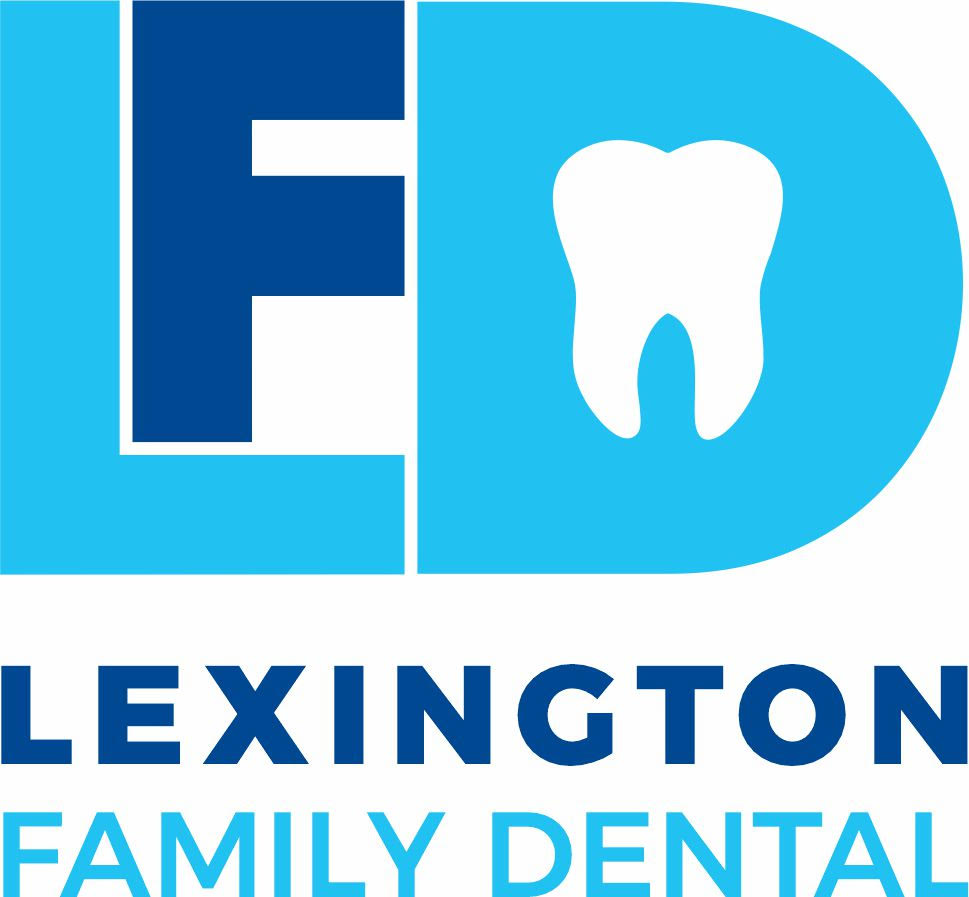Oral Cancer Screening
Even though oral cancer may not receive as much attention as other, more well-known cancers, it is nevertheless just as lethal. In fact, it's believed that oral cancer kills one person in the United States every hour of every day. Oral cancer is hazardous because it typically isn't discovered until it has progressed to an advanced stage, even though it makes up a relatively tiny percentage of all cancers. Only around 6 in 10 people will live after five years of treatment, so the odds aren't good at that stage.
Would you undergo an easy screening if it may provide you with an early indication of whether you are likely to get this disease? There is good news, though! This test can actually save lives because it has been demonstrated that early detection can prevent oral cancer to 80% or higher. The best part is that obtaining routine dental exams, which you should be doing anyway, includes having an oral cancer screening.
A quick and painless oral cancer examination is available. Its goal is to spot minor changes in the tongue, lip, and mouth lining tissues that might indicate the early stages of this type of cancer. The visual and tactile (touch) examinations make up the majority of the screening. A little tissue sample can be taken and sent for additional examination in a lab if any anomalies are found.
Who's At Risk for Developing Oral Cancer?
You may be surprised at how it works. Historically, oral cancer was seen as a condition that predominantly afflicted people over the age of 40. However, the fastest-growing group of oral cancer patients nowadays is younger adults. The Human Papillomavirus, which is transmitted sexually, is the main cause of this. (HPV16).
Of course, the other significant risk factors remain relevant: You have a higher risk of acquiring oral cancer if you're older than middle age, a moderate to heavy drinker, or a long-term smoker. Long known to cause skin cancer, chronic sun exposure is also linked to malignancies of the lips. It is believed that genetic factors play a significant role as well.
Detecting Oral Cancer
Another incentive to get regular checkups is that your standard dental exam includes a comprehensive examination for oral cancer. Your lips, tongue, and the interior of your mouth will all be visually examined as part of the screening, and any red, white, or odd sores will be looked for. Your tongue may be gently pulled apart for a better view after being palpated (pressed with fingers) to look for lumps and swellings. To check any potential problem regions, a special light, dye, or other method might also be employed. A biopsy can be simply carried out if anything seems abnormal.
A complete test for oral cancer is included in your routine dental checkup, which is another reason why you should be inspected on a regular basis. The examination includes a visual examination of your lips, tongue, and the interior of your mouth, as well as a look for red or white areas or atypical sores. To detect the existence of lumps and swellings, you may be palpated (pressed with fingers), and your tongue may be gently moved aside for a better view. A special light, dye, or other method may also be utilized to assist in the examination of any questionable spots. A biopsy is simple to perform if anything looks to be out of the ordinary.
If you observe atypical symptoms or color changes in the tissue of your mouth, lips, or tongue, these could be a sign of oral cancer; however, most are perfectly harmless. However, sores or other unexpected abnormalities that have not resolved themselves after 2-3 weeks should be investigated. Remember that a laboratory report is the only way to accurately detect oral cancer. Early detection, helped by thorough screenings at regular dental appointments, is one of the best defenses against oral cancer.




